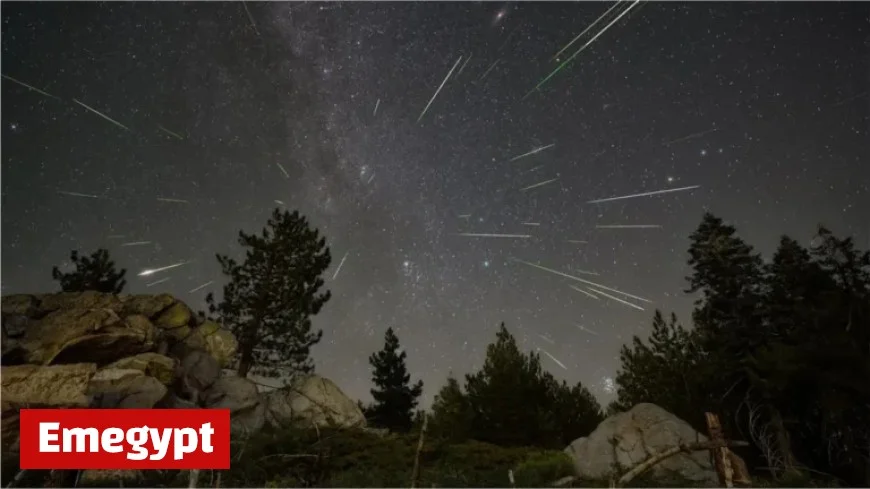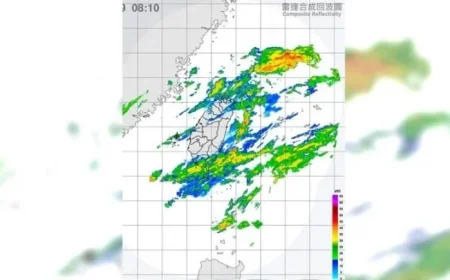Witness November’s Meteor Showers: Expert Tips for Optimal Viewing

November is an exciting month for stargazers, with multiple meteor showers lighting up the night sky. The months brings the Northern Taurids, Southern Taurids, and Leonids meteor showers, each offering their own unique viewing experiences. Here’s what you need to know about them.
Northern Taurids Meteor Shower
The Northern Taurids are expected to peak on November 11-12. Originating from the Taurus constellation, this meteor shower typically produces around five meteors per hour. Notably, there’s a higher chance of spotting fireballs, which are extraordinarily bright meteors.
Southern Taurids Meteor Shower
The Southern Taurids are currently ongoing and peaked on November 4. Known for being one of the longest meteor showers, it persists for two months. At its peak, observers could see up to five meteors per hour. Like the Northern Taurids, the Southern Taurids also have fireballs that can outshine Venus.
Leonids Meteor Shower
Peaking on November 16-17, the Leonids meteor shower is expected to be the most active of the three this month. This shower arises from the debris of the Tempel-Tuttle Comet. Some estimates suggest viewers might see as many as 15 meteors per hour, although NASA conservatively estimates about three per hour under optimal dark-sky conditions.
Meteor Showers Overview
| Meteor Shower | Peak Dates | Expected Meteors per Hour | Origin Constellation |
|---|---|---|---|
| Northern Taurids | Nov 11-12 | ~5 | Taurus |
| Southern Taurids | Nov ongoing (peak Nov 4) | ~5 | Taurus |
| Leonids | Nov 16-17 | ~15 (estimated) | Leo |
Tips for Optimal Meteor Shower Viewing
- Find a Dark Location: Get away from city lights to enhance visibility.
- No Equipment Needed: Use your eyes to view meteors; binoculars and telescopes are not recommended.
- Dress Warmly: November evenings can be chilly; wear layers to stay comfortable.
- Be Patient: Allow your eyes to adjust to darkness and be prepared to wait for meteors.
Remember, meteor showers are subject to variability. Therefore, patience and preparation are key for the optimal viewing experience. Enjoy the celestial spectacle this November, whether you track the Taurids or watch for the dazzling Leonids.





























